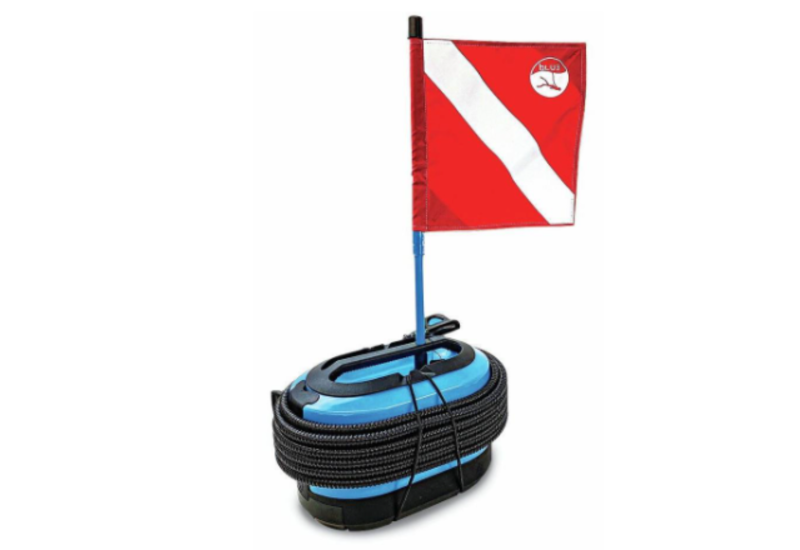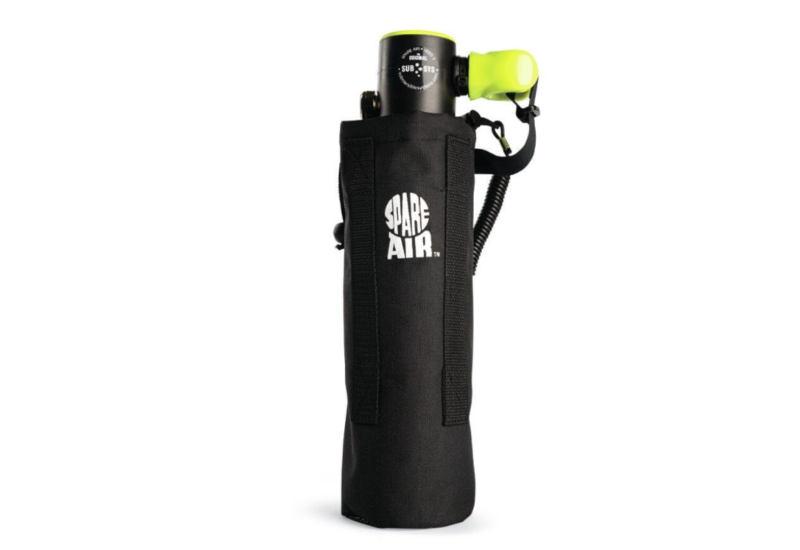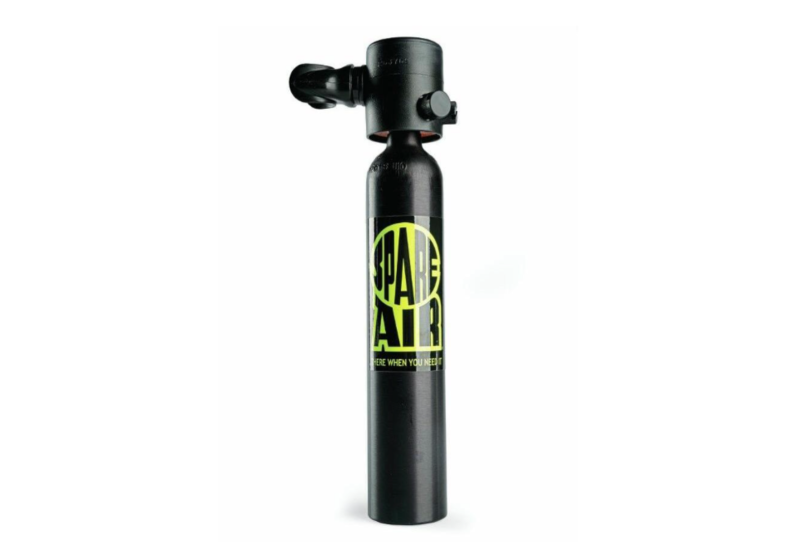ScubaLab: Regulators - July 2010 Expanded Data: Breathing Simulator Results
||||||||
|---|---|---|---|---|---|---|
| | A| B| C| D| Above & Beyond| You Gotta Be Kidding!|
| (Over $500)|
| Apeks Flight| 5| 5| 5| 5| -- | |
| Cressi MC9 Balanced| 5| 4| 5| 4| -- | |
| Oceanic Delta 4.2| 4| 4| 4| 4| --| |
| Oceanic Neo| 5| 4| 5| 5| --| |
| SCUBARO Mk25/S600| 5| 5| 5| 5| 4| 306’|
|Zeagle Flathead7/LT 5| 4| 4| 4| --| |
| (Under $500)|
| Aqua Lung Titan| 5| 5| 5| 5| --| |
| Cressi MC5 Steel| 4| 3| 3| 3| --| |
| Sherwood Brut| 5| 3| 4| 3| --| |
| Subgear Aruba| 4| 2| 3| 2| --| |
| Subgear Bonaire| 4| 4| 4| 4| 3| 227’|
| Subgear Cayman| 4| 5| 5| 5| 4| 224’|
* -- Wasn’t able to reach the RMV/depth level without exceeding test parameters.
SIMULATOR CHART DEFINITIONS
COLUMN A 37.5 RMV @ 132 fsw: The maximum recreational depth at a somewhat aggressive breathing rate. COLUMN B 75 RMV @ 132 fsw: The maximum recreational depth looked at as 1) an extremely heavy work rate or 2) loosely simulating two divers buddy breathing at a somewhat aggressive breathing rate. COLUMN C 62.5 RMV @ 165 fsw: The European conformance standard EN250. This is also the depth and breathing rate commonly used by manufacturers when determining a regulator’s performance. COLUMN D 62.5 RMV @ 198 fsw: The U.S. Navy’s Class A test depth and breathing rate, but using a lower HP supply pressure. ABOVE & BEYOND 75 RMV @ 198 fsw: The U.S. Navy’s Class A test depth but at an extremely heavy work rate. No recreational diving reg is expectedto be able to pull off such an extreme gas-delivering feat. However, it’s interesting to see which regs can. YOU GOTTA BE KIDDING! This is where breathing simulator technicians’ jaws dropped. Any regs that could achieve the Above & Beyond test level were pushed even further. Maintaining the extremely heavy work rate of 75 RMV, the regs were taken deeper and deeper to see just how far they could go at this extremely heavy work rate before exceeding test parameters. Remember, this isn’t just going deep; this is going deep while breathing at an extremely heavy work rate. SCORING: Breathing simulators are great indicators of a regulator’s abilities, as expressed in EXT WOB (External Work of Breathing, the sum of the inhalation and exhalation effort expressed in joules per liter, or J/L). However, with a machine as accurate as the ANSTI simulator, competing regulators produce a litany of J/L scores differing from each other by a matter of tenths and even hundredths of a point. So for the sake of simplicity, and to avoid losing perspective in the original goal (which is to spotlight good-breathing regulators) by becoming obsessed with decimal points, we’ve translated J/L scores into four basic classifications: Excellent, Very Good, Good, and Fair. Here’s what each represents: 5 = EXCELLENT Any regulator that can achieve the breathing rate/depth category with an EXT WOB of 1.05 J/L or less. (While tenths or hundredths of a point of variation between WOBs is detectable only by a machine, a diver in the water can in fact discern the difference in breathing of one-half a J/L, especially when diving at deeper depths. 4 = VERY GOOD Any regulator that can achieve the breathing rate/depth category in approximately half or less of the EN250 standard limit, or a EXT WOB of 1.06--1.55 J/L. 3 = GOOD Any regulator that can achieve the breathing rate/depth category with an EXT WOB of from 1.56--2.25 J/L. 2 = FAIR Any regulator that can achieve the breathing rate/depth category with an EXT WOB of 2.26--3.0 JL which is the EN 250 limit. WARNING: Although we’re using excessive depths to show both how these regulators perform and their reserve potential, this is not to suggest that you should take them that deep. Scuba Diving doesn’t recommend diving deeper than the recreational depth limits.
|||||||| |---|---|---|---|---|---|---| | | A| B| C| D| Above & Beyond| You Gotta Be Kidding!| | (Over $500)| | Apeks Flight| 5| 5| 5| 5| -- | | | Cressi MC9 Balanced| 5| 4| 5| 4| -- | | | Oceanic Delta 4.2| 4| 4| 4| 4| --| | | Oceanic Neo| 5| 4| 5| 5| --| | | SCUBARO Mk25/S600| 5| 5| 5| 5| 4| 306’| |Zeagle Flathead7/LT 5| 4| 4| 4| --| | | (Under $500)| | Aqua Lung Titan| 5| 5| 5| 5| --| | | Cressi MC5 Steel| 4| 3| 3| 3| --| | | Sherwood Brut| 5| 3| 4| 3| --| | | Subgear Aruba| 4| 2| 3| 2| --| | | Subgear Bonaire| 4| 4| 4| 4| 3| 227’| | Subgear Cayman| 4| 5| 5| 5| 4| 224’| * -- Wasn’t able to reach the RMV/depth level without exceeding test parameters.
SIMULATOR CHART DEFINITIONS
COLUMN A 37.5 RMV @ 132 fsw: The maximum recreational depth at a somewhat aggressive breathing rate. COLUMN B 75 RMV @ 132 fsw: The maximum recreational depth looked at as 1) an extremely heavy work rate or 2) loosely simulating two divers buddy breathing at a somewhat aggressive breathing rate. COLUMN C 62.5 RMV @ 165 fsw: The European conformance standard EN250. This is also the depth and breathing rate commonly used by manufacturers when determining a regulator’s performance. COLUMN D 62.5 RMV @ 198 fsw: The U.S. Navy’s Class A test depth and breathing rate, but using a lower HP supply pressure. ABOVE & BEYOND 75 RMV @ 198 fsw: The U.S. Navy’s Class A test depth but at an extremely heavy work rate. No recreational diving reg is expectedto be able to pull off such an extreme gas-delivering feat. However, it’s interesting to see which regs can. YOU GOTTA BE KIDDING! This is where breathing simulator technicians’ jaws dropped. Any regs that could achieve the Above & Beyond test level were pushed even further. Maintaining the extremely heavy work rate of 75 RMV, the regs were taken deeper and deeper to see just how far they could go at this extremely heavy work rate before exceeding test parameters. Remember, this isn’t just going deep; this is going deep while breathing at an extremely heavy work rate. SCORING: Breathing simulators are great indicators of a regulator’s abilities, as expressed in EXT WOB (External Work of Breathing, the sum of the inhalation and exhalation effort expressed in joules per liter, or J/L). However, with a machine as accurate as the ANSTI simulator, competing regulators produce a litany of J/L scores differing from each other by a matter of tenths and even hundredths of a point. So for the sake of simplicity, and to avoid losing perspective in the original goal (which is to spotlight good-breathing regulators) by becoming obsessed with decimal points, we’ve translated J/L scores into four basic classifications: Excellent, Very Good, Good, and Fair. Here’s what each represents: 5 = EXCELLENT Any regulator that can achieve the breathing rate/depth category with an EXT WOB of 1.05 J/L or less. (While tenths or hundredths of a point of variation between WOBs is detectable only by a machine, a diver in the water can in fact discern the difference in breathing of one-half a J/L, especially when diving at deeper depths. 4 = VERY GOOD Any regulator that can achieve the breathing rate/depth category in approximately half or less of the EN250 standard limit, or a EXT WOB of 1.06--1.55 J/L. 3 = GOOD Any regulator that can achieve the breathing rate/depth category with an EXT WOB of from 1.56--2.25 J/L. 2 = FAIR Any regulator that can achieve the breathing rate/depth category with an EXT WOB of 2.26--3.0 JL which is the EN 250 limit. WARNING: Although we’re using excessive depths to show both how these regulators perform and their reserve potential, this is not to suggest that you should take them that deep. Scuba Diving doesn’t recommend diving deeper than the recreational depth limits.










